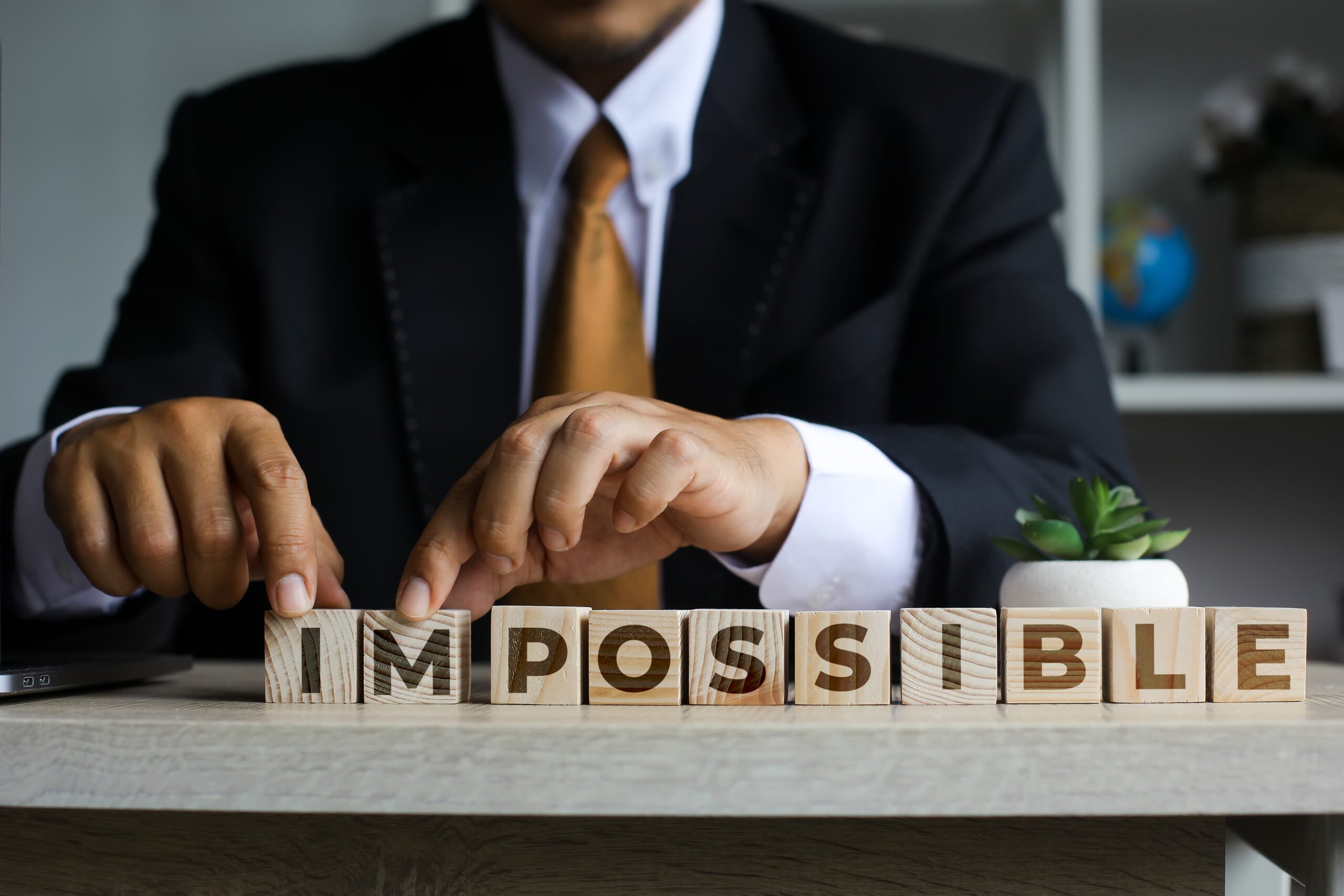10 Tips to Spark Your Creativity and Make a Difference

We open a world of opportunities by considering obstacles as boundless channels for rethinking and trying new things. Whether it is a new method to solve a math problem or an eco-friendly product, creativity helps invent answers that are as unique as they are effective.
Creativity is about generating original ideas and innovatively connecting dissimilar ideas. This skill is, therefore, crucial for continuous improvement and success, whether refining personal projects or leading major organizational initiatives.
People who think creatively can often find other ways of solving problems when traditional methods are ineffective. This can help us see things differently and discover what has never crossed our minds.
Let’s discover ten powerful methods to spark your creativity in your job and private life. It doesn’t matter what you are struggling with, at work or home. If you need a new idea for a project or want to make your life more interesting, you can apply the following tips to help you unlock your creativity.
These effective methods encourage you to venture out. Everyone tries to open their creative world and expand their imagination beyond the common borders. Please remember that creativity isn’t for artists only; it’s a useful tool for everyone to get better results and have more fun.
Tip #1. Brainstorming

Brainstorming is not all about suggesting ideas; it is an invaluable method in professional and personal situations where you must innovate to succeed. It is a valuable tool for innovation and problem-solving by bringing together spontaneous group ideas during a conversation. Firstly, it is constructive as it promotes the exchange of ideas and bolsters teamwork among the members.
Here are some key benefits of brainstorming:
Synergy of Ideas: Brainstorming often leads to a synergy where the combined energy and creativity of the group produce better results than any individual could achieve alone. Ideas from one person can spark additional ideas from others, creating a cumulative effect that significantly enhances the creative output.
Reduced Fear of Error: In a good-moderated brainstorming session, every thought is welcome, and no one is judged immediately. This could decrease the fear of criticism or a minor failure. Thus, even those who are less sure of their thoughts would participate. The neutral atmosphere promotes improvement in the culture of risk-taking and innovation.
Problem-Solving: Brainstorming is one of the most potent means to consider a complex issue that needs to be solved quickly. Whereas in traditional problem-solving methods, the group may spend much time debating each suggestion, idea generation focuses on the latter. It can cover more ground in a shorter time.
Tip #2. Collaboration

The true magic of collaboration in the creative process is that it enables the merging of many minds into a super-creative force far more potent than the individual creativity of its participants. It boosts the creative process and adds color to the participants individually; therefore, it is the critical pillar for innovation teams and organizations.
The creative potential multiplies significantly when individuals share ideas and perspectives. Here are some ways in which collaboration powerfully ignites creativity:
Diversity of Thought
People from different disciplines, educational backgrounds, and professional fields assist collaboration. It is significant because it allows for many diverse perspectives and ideas that a single person might need help imagining. People with different viewpoints can help change the typical mindset and offer alternative solutions.
Problem-Solving Efficiency
Collaboration fast-tracks the problem-solving process. Multiple brains can jointly investigate a subject in a shorter time and discuss the rejected solutions, thus finding the most effective ones as it accelerates creativity and raises the level of the proposed solutions.
Risk-Taking & Enhanced Learning
In a supportive, collaborative setting, individuals often feel more confident to take risks with their ideas. Knowing that the group shares responsibility for the outcomes can reduce the fear of failure and encourage bolder, more innovative thinking.
Collaboration is also an educative process in which people learn from others’ skills and creative methods. This growth benefits every member by equipping them with a much more comprehensive range of creative skills, thus making them more productive in their future creative undertakings.
Tip #3. Surrounding Yourself with Inspiration

The environment impacts creativity, as it naturally stimulates the physiological and psychological spaces of being innovative. The varied components of an environment could either prompt or prohibit the production of creative works.
Enhancing environmental factors allows the creative process to be structured within a supportive, stimulating, and resource-rich setting, making the individual think more freely and make more out-of-the-box decisions. Whether by targeted design or through cultural influence, the most important thing is to get the right environment to free creativity.
Here’s how the environment impacts creativity:
- Physical Space: When it comes to creativity, the design and structure of the space can be fundamental. Spaces with natural light, comfortable seats, and access to creative tools (such as whiteboards and art materials) will enable a person to think freely and develop new ideas. In contrast, restricted spaces, poor lighting, and noise may impair creative thinking.
- Ambiance: The general atmosphere, including noise levels, temperature, and decor, can also impact creativity. For example, some people find background music or ambient noise, like a coffee shop buzz, stimulating and helpful in fostering creative thinking, while others may require complete silence.
- Nature and Green Spaces: The nearby natural environment can enhance creativity. Research has shown that walking in nature or viewing green spaces from a window can exert an effect of heightened creativity. Nature helps relieve stress, calm the mind, and improve mental functioning.
- Cultural Environment: The collective cultural sphere that encompasses social norms, values, and the level of appreciation for creative efforts influences creativity. Cultures that cherish creativity and offer support through finances, resources, and recognition are more likely to nurture the growth of creative individuals and groups.
- Social Environment: The people around us significantly impact our creative output. The experience of belonging to a group that facilitates idea-sharing while providing helpful feedback can contribute to the development of creativity. Collaborative environments that ensure people share their ideas without worrying about ridicule or judgment create a dynamic exchange of creative thoughts.
Tip #4. Keeping a Journal

Expressing creativity in writing often works in the same way as you do for lifelong purposes and the like through private journals. Writing down thoughts and sketches produces a storehouse of creative sparks that otherwise would have been missed. Journaling helps solve problems; writing helps unravel thoughts and dissect specific issues in smaller parts.
This process leads to new perspectives and allows for developing and refining ideas as you revisit entries and expand on them. Additionally, journaling helps reduce mental clutter by offloading thoughts and concerns, freeing cognitive resources for creative thinking. Reflection, a key component of journaling, can uncover hidden patterns in your thinking and open new avenues for creative exploration.
Furthermore, this journal is a perfectly safe place for experimentation; here, anything goes, and nobody is there to judge your new ideas. This gives you a boost of self-esteem and boldness that allows you to think more creatively. This blend of documentation, reflections, and experience makes journaling great for increasing creativity and personal growth.
Tip #5. Scheduling Creativity

One of the top reasons for taking time for creative activities is that it creates a conducive atmosphere for creativity to grow and constantly refresh. Being involved in this transformation is vital; it makes creativity a more consistent and substantial attribute of life.
Incorporating creativity into your daily or weekly schedule can seem challenging amidst busy routines, but with some strategic planning, it’s achievable.
Here are some practical tips to help you make room for creative activities:
- Set Specific Times: Just like you may schedule a gym session or a business meeting, spare some moments and block them for your creative activities. Be persistent and find the times that suit you the best. Whether it’s early morning, during lunch, or in the evening, set the timing that works for you and go for it.
- Start Small: If finding large blocks of time is difficult, start with small increments. Even 15 to 30 minutes a day can be enough to sketch, write a journal entry, or brainstorm ideas for a project. Gradually increase this time as you adjust your schedule.
- Use Reminders: Mark the calendar on your computer or mobile phone to remind you to take on your creative endeavors. This will hold you accountable and ensure you don’t miss scheduled sessions.
- Create a Creative Space: Designate a specific part of your home or work environment for creative thinking. It does not need to be spacious—just a spot consistently outfitted with the essentials and distractions eliminated.
- Be Flexible but Firm: Although being flexible is critical to making changes, as necessary, remember to consider setting aside at least some time for creativity. Perceive this time as needed and non-negotiable, as essential and unavoidable.
- Reflect Weekly: By the end of each week, put yourself together about what you did in your creative endeavors and plan for the future week in the next one. This reflection will show you how to become more aware of your time and how you can plan and implement creative activities in your everyday life.
Tip #6. Sparking Curiosity

Curiosity is one of the most essential and impactful triggers of the creative process because it fuels our desire to explore and understand our world. It spurs us to raise questions, try new things, and transcend traditional limits, all of which are considered sources of new ideas and inventions.
Here are some ways to cultivate curiosity and explore new interests:
1. Ask Questions: Coming at it with the fundamentals—Why, How, What if? Asking questions regarding everyday happenings can be the step to the creation of new perspectives, and it will eventually lead to discoveries. Question things, don’t give in to things, just penetrate deeper into the foundation of principles or reason.
2. Read Widely: Explore the knowledge of a wide range of topics, including those beyond your regular habits. Reading books, articles, and journals on different themes can give you material to make new thoughts and ideas you haven’t known before.
3. Travel and Explore: Whether traveling to a new country or exploring a new area in your neighborhood, new environments can stimulate your senses and ignite your curiosity. Even virtual tours or documentaries about distant places can provide fresh stimuli.
4. Engage with Diverse People: Interact with people from different backgrounds, cultures, and professions. Conversations with others can expose you to various viewpoints and ideas, enriching your understanding and sparking your curiosity.
5. Experiment and Tinker: Don’t be afraid to experiment and tinker with things. Hands-on experiences stimulate curiosity, such as cooking a new recipe, assembling a piece of furniture, or trying out a new app etc.
6. Attend Workshops and Seminars: Participating in workshops and seminars, particularly those that are interactive, can provide new knowledge and skills, as well as stimulate your intellectual curiosity.
By cultivating curiosity, you enhance your capacity for creativity and enrich your life with continuous learning and growth. This proactive approach to seeking new knowledge and experiences ensures that your creative well never dries.
Tip #7. Practicing Meditation

Meditation is one of the best practices that can be used to achieve both creativity and focus by using the mind in a calm, more controlled way. Mainly, it does so by relieving stress or anxiety, where such feelings are believed to be creative thinking’s biggest hurdles. Your mind can better generate clear, innovative ideas as stress levels decrease.
Meditation helps to increase the ability to maintain focus and attention span, which is vital for sustained concentration on creative/ artistic endeavors. This practice also develops mindfulness, which makes you alert and focused on the points surrounding you, which is vital for creativity. Neurologically, meditation creates new neural cells and forms neural connections to produce mental flexibility, out of which new ideas and problem resolutions can emerge.
Regulating emotions is another advantage of meditating frequently. It helps you manage your feelings more effectively so that you don’t hinder the creative process with negative poles.
Meditation may boost mental spirit, ease cognitive drainage, and help you concentrate during intense mental labor. It also stimulates your creative process, so your focus will be much sharper when you do the task.
Tip #8. Taking a Break

Frequent breaks are paramount for maintaining mental and physical health, increasing productivity, and allowing creativity. We can develop burnout syndrome by working without enough rest for a long time, which symbolizes physical fatigue, inability to work effectively, and low-efficiency motivation. Breaks help alleviate these effects by giving a way to go offline and unwind, which leads to returning to work refreshed and full of mental strength.
Research indicates that the human brain functions optimally during periodic rest intervals throughout the day. These intervals help maintain a high level of performance, preventing the decline in concentration that typically occurs from prolonged periods of cognitive activity. This renewed focus after a break means tasks are completed more efficiently and with more excellent care.
During breaks, the mind can wander and engage in diffuse thinking, which occurs when you’re not focusing intensely.
Exactly here is when the juicy ideas arise because the brain is developing new and uncommon connections that might be hard to encounter when the brain is focused on the work.
Physical breaks can reduce the risks associated with a sedentary lifestyle, such as cardiovascular disease and diabetes, by encouraging movement and activity. Mental breaks, particularly those involving relaxation techniques or enjoyable activities, can reduce stress and improve overall mental health.
Tip #9. Adopting a Growth Mindset

Adopting a growth mindset can significantly enhance one’s creative capabilities by fostering a love for learning, resilience against setbacks, and an adventurous spirit open to new experiences and ideas. Individuals are likely to engage deeply with creative processes and achieve innovative outcomes by believing that abilities can be developed.
Individuals with a growth mindset are inherently more open to learning and trying new things because they believe their abilities can be improved with effort. This openness fosters creativity and leads to continuously exploring new skills, techniques, and ideas.
Creativity often involves a lot of trial and error, and a growth mindset helps individuals see failures not as a reflection of their abilities but as essential steps in the learning process. This resilience encourages persistent experimentation, which is crucial for creative achievement. Instead of giving up after setbacks, those with a growth mindset are motivated to push forward and overcome challenges, leading to innovative solutions.
With a growth mindset, challenges are seen as opportunities to grow, which enhances problem-solving capabilities. This perspective drives creative thinkers to seek out varied solutions and consider multiple angles to a problem, as they believe that their efforts can lead to success through persistence and learning.
Tip #10. Changing Your Approach

Changing your approach to tasks and problems can significantly spark creativity, offering fresh perspectives and innovative solutions you might not have considered before. This shift can rejuvenate your thinking, enhance problem-solving skills, and open new avenues for creative exploration.
Here are some of the key benefits of changing your approach:
1. Breaks Routine: Sticking to a familiar routine can often lead to a creativity rut. Changing your approach helps break these patterns and pushes you out of your comfort zone. This disruption forces you to think differently, which can lead to unexpected and innovative ideas.
2. Increases Problem-Solving Skills: When you change your approach, you often have to learn new methods or think through problems differently. This enhances your flexibility and adaptability, which are crucial skills in problem-solving. You become more adept at finding solutions under varied circumstances, using creativity as your guide.
3. Prevents Stagnation: Creativity thrives on novelty and challenge. By changing your approach, you prevent your skills and ideas from stagnating. This continual growth keeps your creative endeavors vibrant and exciting.
4. Promotes Divergent Thinking: By adopting different approaches, you engage in divergent thinking, exploring many possible solutions. This thinking is a hallmark of creativity, encouraging a broader, more open-ended exploration of possibilities.
5. Builds Resilience: Changing your approach involves trial and error, requiring resilience in facing challenges and failures. This resilience benefits creative pursuits and encourages perseverance, an essential trait for achieving innovative outcomes.
Changing your approach can rejuvenate your creative energies, offering new challenges that propel your thinking ahead. This can lead to a more prosperous, productive, and creative life in professional endeavors or personal projects.
Final Thoughts
We discussed the importance of adopting a growth mindset, which encourages continuous learning and resilience in the face of setbacks. We highlighted the power of changing your task approach to break out of routine patterns and stimulate innovative thinking.
Additionally, we covered the benefits of taking regular breaks to recharge your mind and boost productivity and the significant role of curiosity in driving creative exploration and discovery.
Implementing these tips and techniques can lead to a profound transformation in tackling problems and generating solutions. By embracing a growth mindset, you can view challenges as growth opportunities, expanding your creative capacity. Changing your approach can help you discover unexpected solutions and ideas you might have yet to consider.
We encourage you to start small—pick one or two strategies that resonate with you and incorporate them into your daily routine. Whether it’s setting aside time to brainstorm new ideas, taking regular walks to clear your mind, or engaging with new and diverse perspectives, each step you take is a positive move toward enhancing your creativity.
Recent Blogs
Executing Your Ambitions – 5 Secrets to Climb The Ladder…
How long has it been since you have felt a…
Is Life Coaching Worth It? Expectations from Your Coach Recent…



